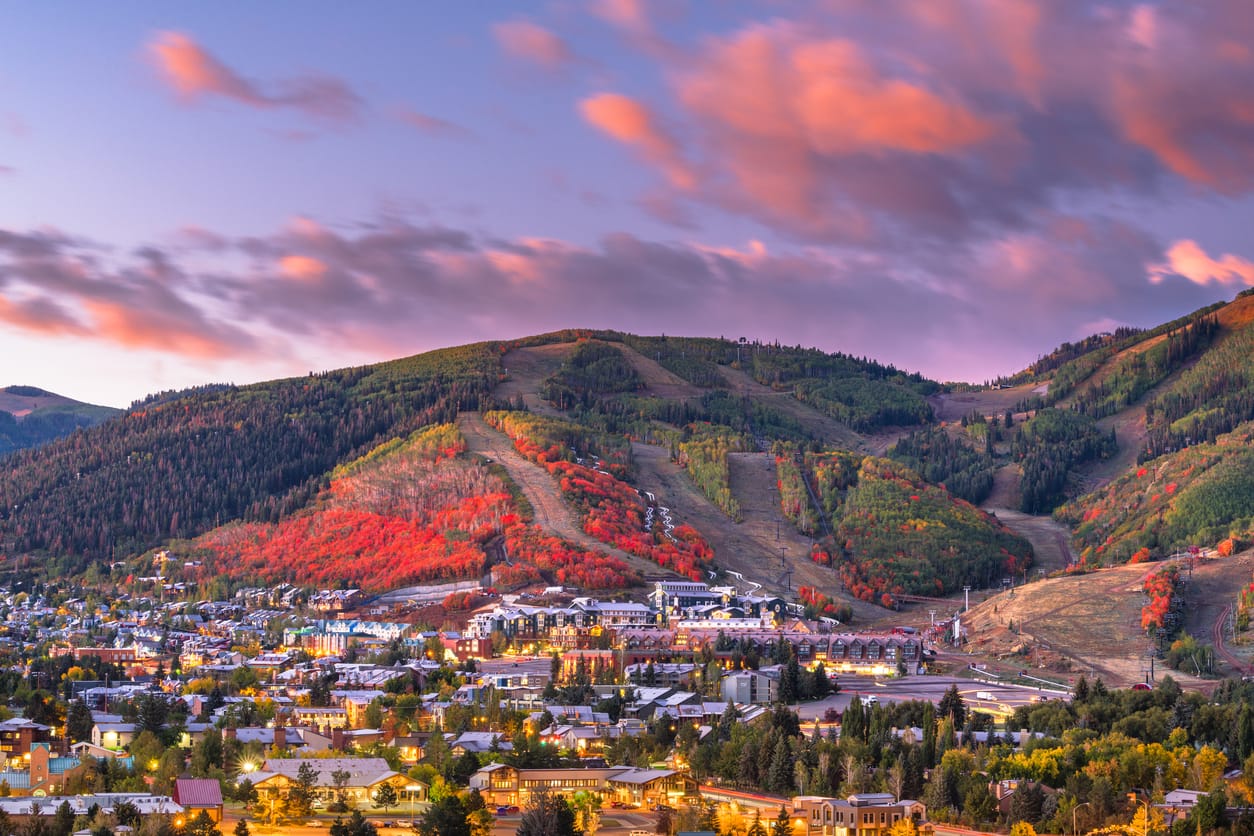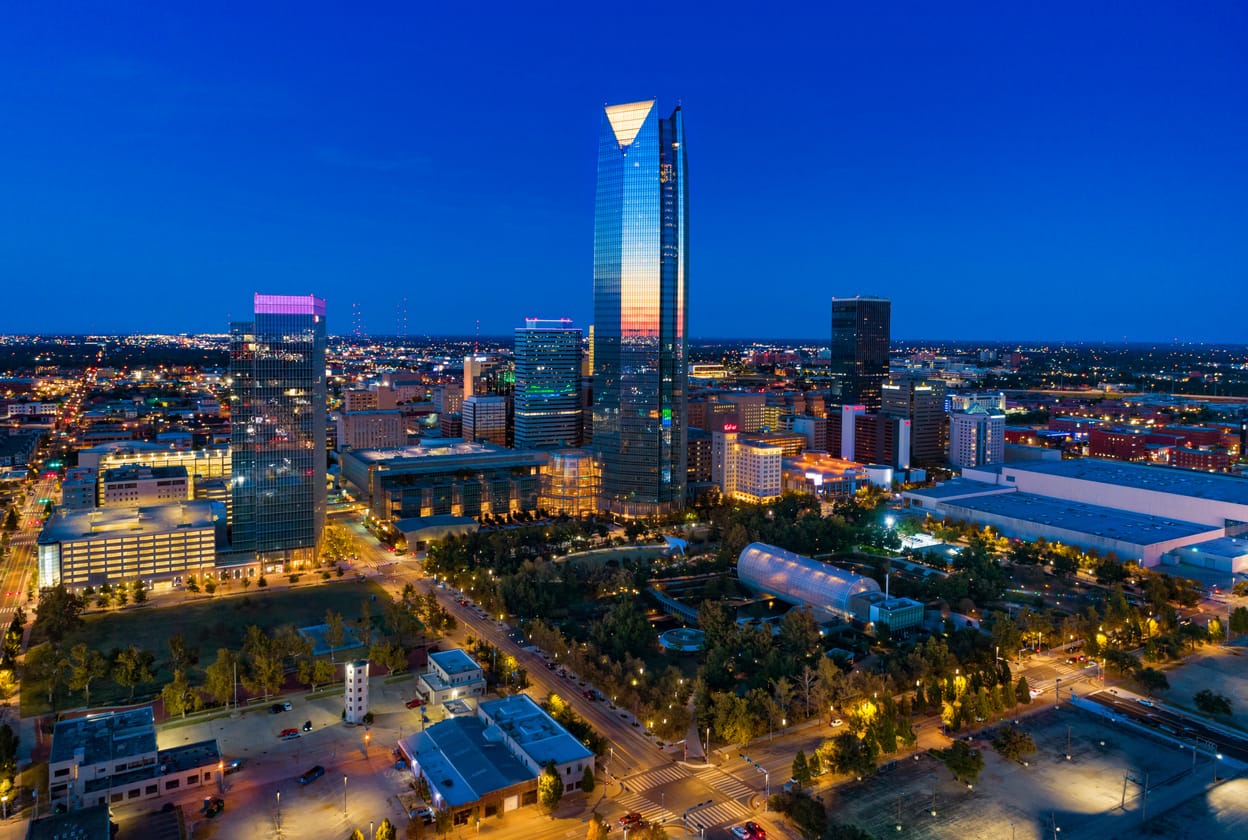Shipping from the State of Utah to Oklahoma
Mountains, high plateaus, and wilderness form most of Utah’s countryside. At Four Corners, in the southeast, Utah gets together Colorado, New Mexico, and Arizona at right angles, the only such meeting of states in the country. Utah became the 45th associate of the union on Jan. 4, 1896, with Salt Lake City as its capital.

Utah is acknowledged for having some of the best skiing in the country, and the mountains close to Salt Lake City receive an average of 500 inches of snow per year. Throughout the 19th century, many Mormons settled in Utah, and today approximately 60 percent of the state’s inhabitants are members of the church. The Sundance Film Festival, one of the premier independent film festivals in the world, is held each January in Park City.
Shipping to the State of Utah to Oklahoma
The land that today composes Oklahoma was added to the USA as part of the Louisiana Purchase of 1803. Throughout the 19th century, the U.S. government relocated Indian tribes from the southeastern United States to the area, and by 1900, over 30 Indian tribes had been transferred to what was originally called the Indian Territories. At the same time, ranchers in Texas started to relocate into the area searching for new pasture lands, as well as the government at some point opened the land to settlement, creating “land runs” in which inhabitants were enabled to go across the border at a specific hr to insurance claim homesteads.

Settlers that broke the law as well as crossed the boundary faster than enabled were called “Sooners,” which ultimately came to be the state’s nickname. Oklahoma ended up being the 46th state in 1907, complying with numerous acts that incorporated an increasing number of Indian tribal lands into the UNITED STATE area. After its inclusion in the union, Oklahoma ended up being a center for oil manufacturing, with much of the state’s early development coming from that industry. Throughout the 1930s, Oklahoma experienced droughts as well as high winds, ruining numerous ranches and developing the well-known dust bowl of the Great Clinical depression era.
